Classic cars are often celebrated for their iconic designs, unique features, and nostalgic appeal. One noticeable aspect of these vintage vehicles is their large steering wheels, a characteristic that seems peculiar by today’s standards. The historical, functional, and aesthetic reasons behind the prominence of giant steering wheels in classic cars offer an intriguing glimpse into the automotive past.
The Evolution of Steering Technology
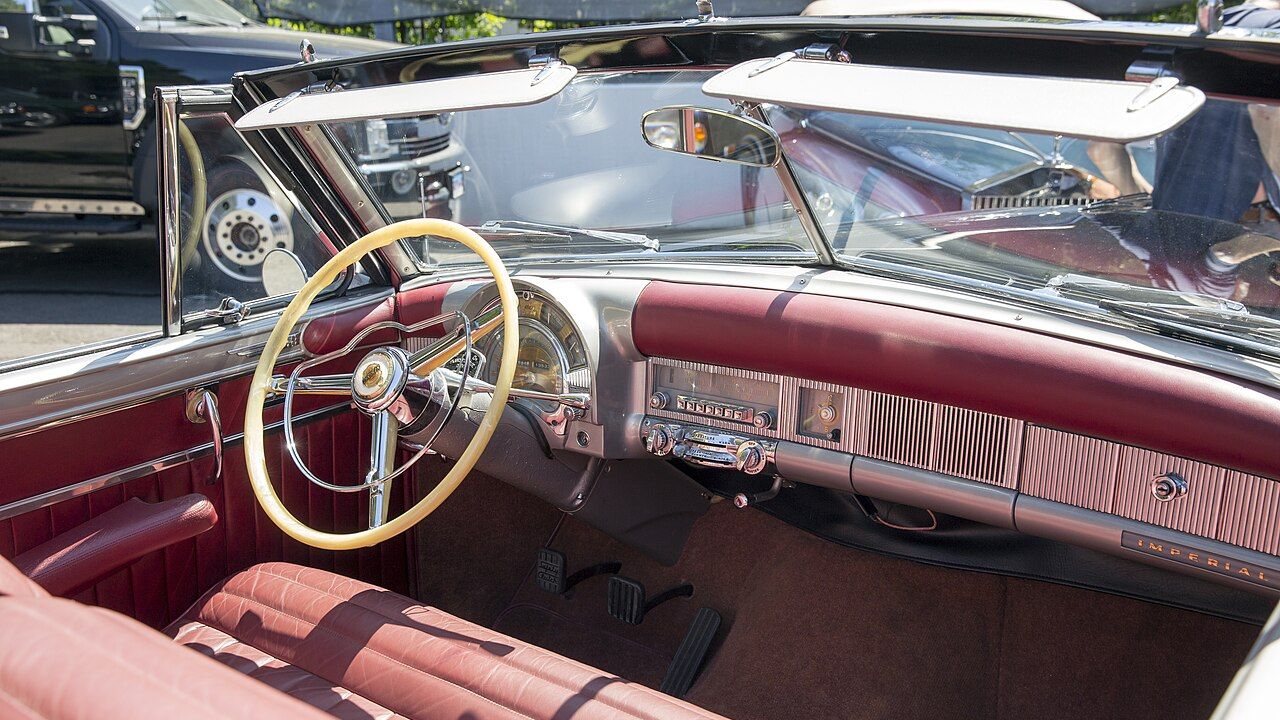
Mechanics of Early Steering Systems
In the early days of the automobile, steering mechanisms were rudimentary, often consisting of a simple rack and pinion or worm gear system. These systems required significant physical effort to operate. Large steering wheels were not merely a design choice; they were a practical necessity. The increased diameter provided better leverage, making it easier for drivers to maneuver their vehicles. Early models, like the Ford Model T, exemplify this necessity, with their oversized wheels acting as a counterbalance to the absence of power steering.
Transition to Power Steering
The 1950s and 1960s marked a significant shift in steering technology with the introduction of power steering. This advancement allowed for smaller steering wheels as less physical force was needed to turn the vehicle. The 1951 Chrysler Imperial was one of the first to feature power steering, revolutionizing the driving experience. As power steering became more widespread, the oversized steering wheels began to shrink, making the large wheels of previous decades a thing of the past.
Impact of Engineering Advances
Advancements in automotive engineering have continually influenced steering systems. Improved mechanical designs and materials have contributed to more efficient steering systems over time. These changes allowed for a reduction in steering wheel size while enhancing the overall driving experience. The evolution of steering technology reflects a broader trend in automotive engineering towards increased efficiency and driver comfort.
Design and Aesthetics
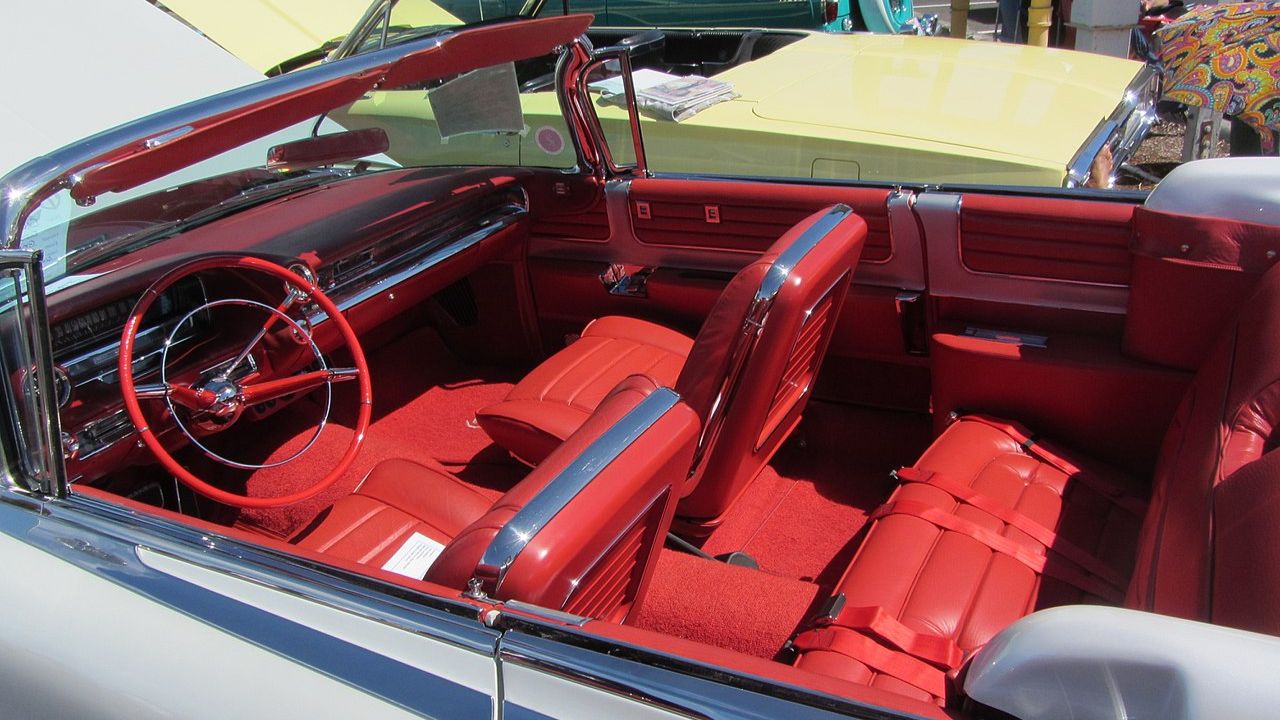
Era-Specific Design Trends
The design trends of different eras played a crucial role in determining the size and style of steering wheels. During the mid-20th century, the emphasis was on luxury and aesthetics. Large, ornate steering wheels were a hallmark of this period, reflecting the grandeur and elegance of cars like the Cadillac Eldorado. The design language of the time favored bold, expressive features, with the steering wheel serving as a focal point for interior design.
Influence of Interior Space
Classic cars often had spacious interiors, which easily accommodated larger steering wheels. This abundance of space made large wheels a practical choice, allowing for a comfortable driving experience. The ample room in vehicles like the 1949 Buick Roadmaster not only enhanced comfort but also allowed designers to experiment with wheel size and style, further integrating them into the car’s overall aesthetic.
Symbol of Status and Style
Steering wheels were more than just functional components; they were symbols of status and style. Larger, intricately designed wheels were often associated with luxury vehicles, serving as a testament to the owner’s social standing. The aesthetic appeal of these wheels was a significant selling point, with manufacturers like Rolls-Royce using them to convey a sense of opulence and exclusivity.
Functionality and Driver Experience
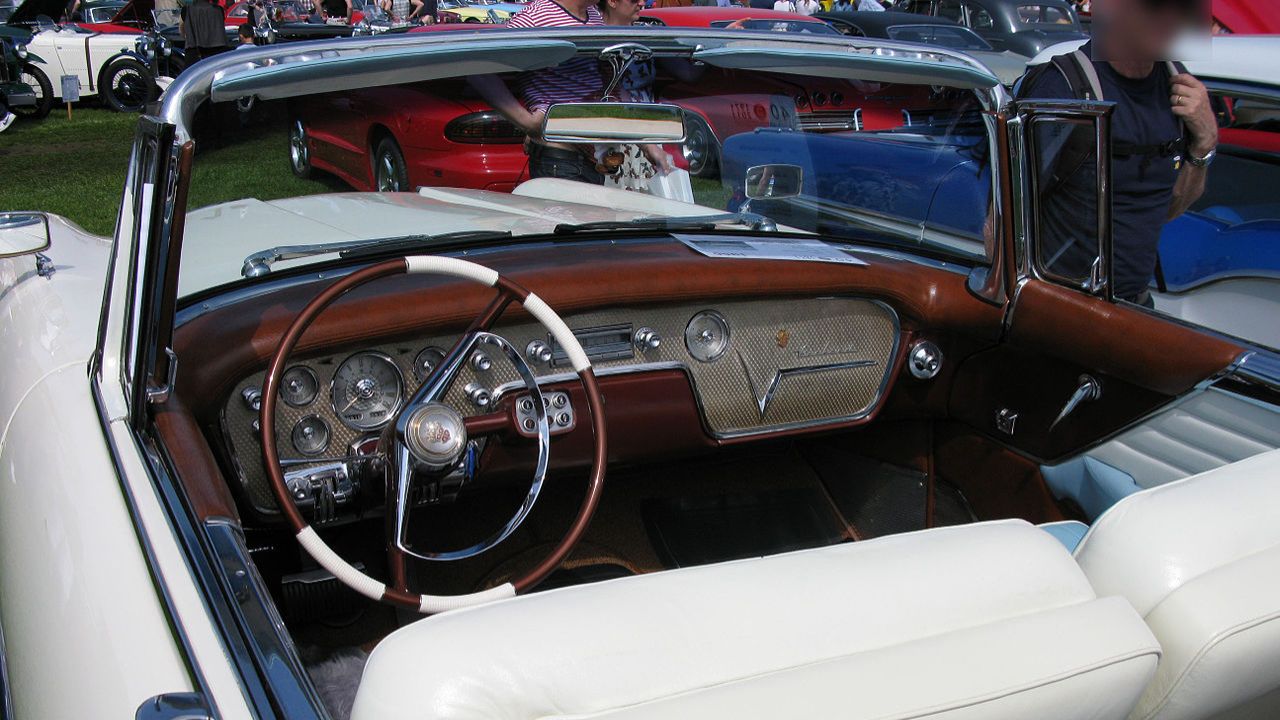
Leverage and Control
A practical benefit of larger steering wheels was their ability to provide greater leverage and control. In an era where power steering was not yet ubiquitous, drivers needed all the help they could get to handle their vehicles smoothly. Larger wheels helped compensate for the lack of technological aids, offering a more manageable driving experience. The physical leverage they provided was crucial, particularly in larger vehicles or those used for commercial purposes.
Comfort and Ergonomics
The size of the steering wheel also contributed to driver comfort and ergonomics. Larger wheels encouraged a more relaxed driving posture, reducing fatigue on long journeys. This aspect was especially important in a time when road trips and long-distance travel were becoming more common. The comfort provided by these wheels was a subtle yet significant enhancement to the overall driving experience.
Feedback and Road Feel
In addition to comfort, larger steering wheels offered better feedback from the road. The increased diameter allowed drivers to feel more connected to their vehicle, enhancing their ability to respond to changing road conditions. This tactile feedback was a crucial aspect of driving in an era when roads were not as well-maintained as they are today, making it easier for drivers to maintain control.
Technological Constraints and Materials
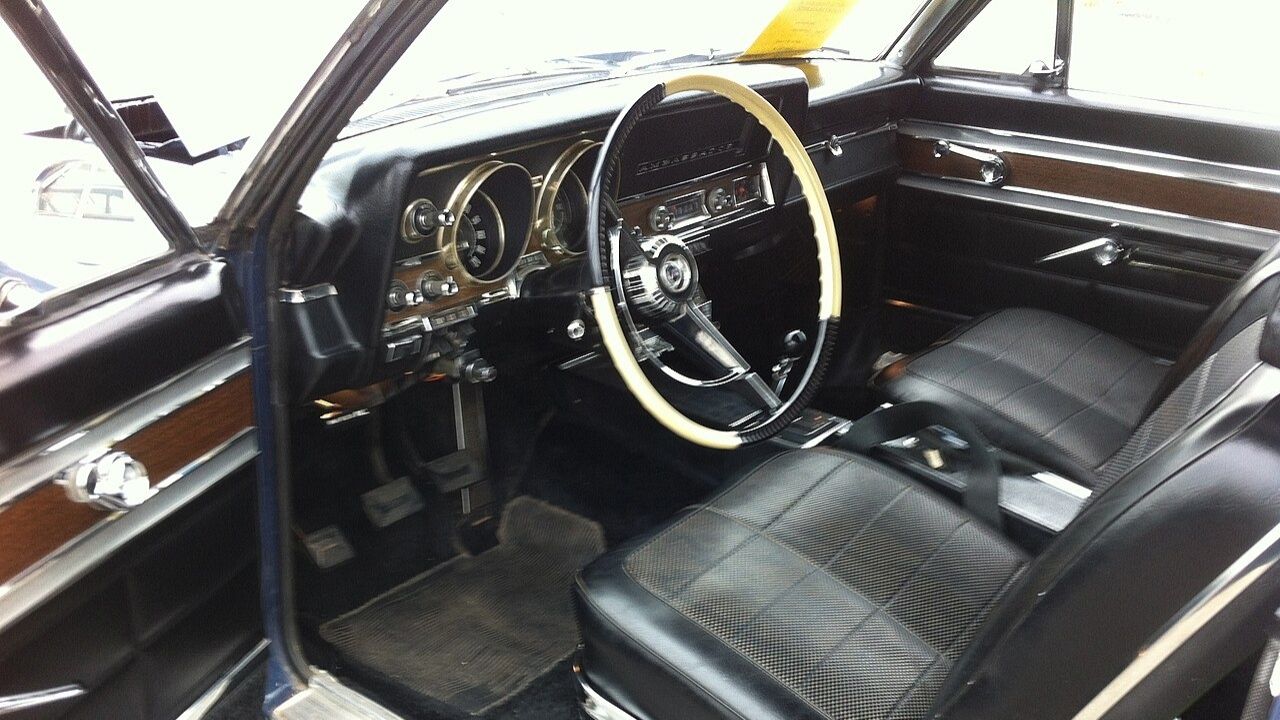
Materials and Manufacturing Limitations
The materials and manufacturing techniques available during the early and mid-20th century also influenced steering wheel design. Wood, metal, and early plastics were commonly used, each presenting its own limitations. These materials often necessitated simpler, larger designs due to the challenges of working with them. Innovations in materials eventually allowed for more intricate designs, but in the early days, larger wheels were simply more feasible to produce.
Cost and Production Efficiency
Production costs and efficiency strategies also played a role in steering wheel design. Larger wheels were often more cost-effective to produce in bulk, and manufacturers could leverage economies of scale. The focus on cost-effectiveness occasionally limited design options, but it also led to standardized wheel sizes that were practical for a wide range of vehicle models.
Safety Considerations
Safety standards were not as stringent in the early days of automotive design, but that does not mean they were entirely absent. Larger steering wheels provided a degree of safety by allowing for better control and leverage, particularly in emergency situations. While modern safety features like airbags have changed the design landscape, the large steering wheels of classic cars were an early nod to safety considerations, albeit in a different form.
Cultural and Social Factors
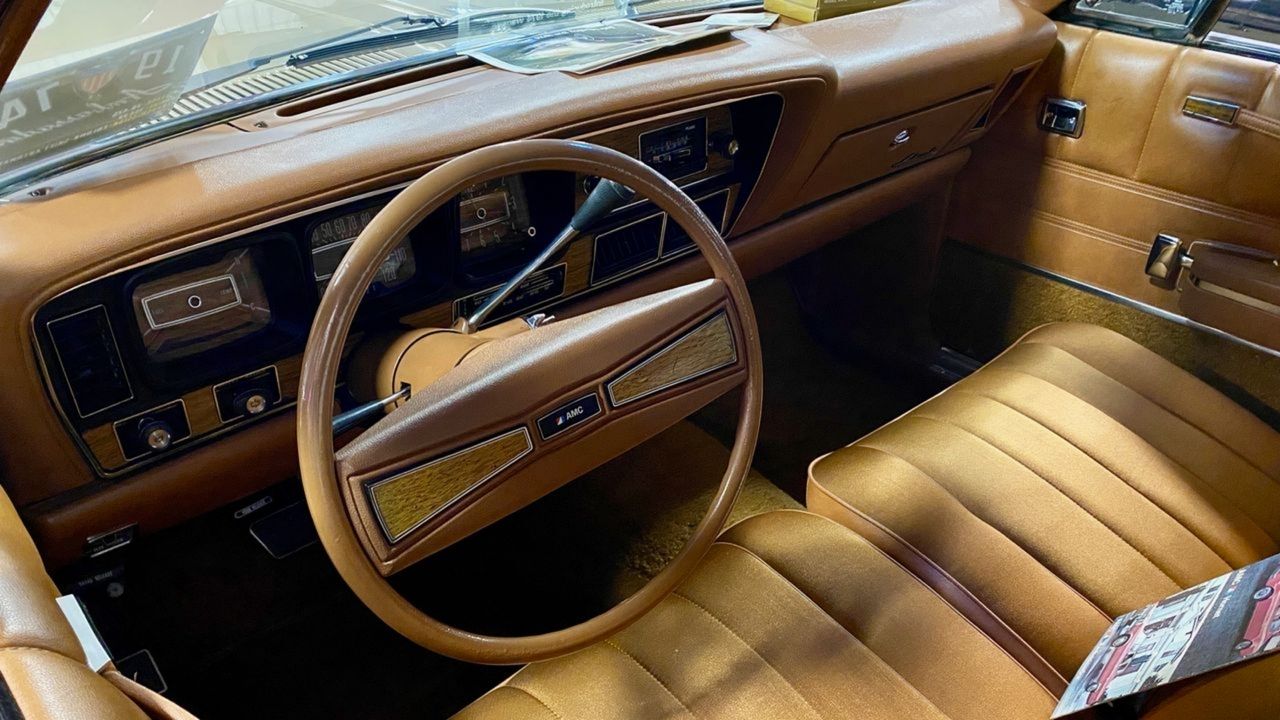
Cultural Preferences
Cultural attitudes towards cars and driving varied across different regions, influencing steering wheel designs. In countries like the United States, where cars are often seen as extensions of personal identity, larger wheels were part of a broader trend towards customization and expression. This cultural preference for bold, expressive designs is evident in many classic American cars.
Social Status and Automotive Design
Cars have long been symbols of social status, and steering wheels were no exception. Larger, more ornate wheels were often associated with higher-end models, reflecting the owner’s wealth and status. This association between size and status persists in some ways today, though it is less pronounced due to modern design sensibilities.
Historical Context and Consumer Expectations
Historical events and consumer expectations also shaped the design of classic cars, including their steering wheels. Post-war prosperity in the mid-20th century led to a surge in car ownership and a demand for vehicles that reflected the optimism and affluence of the era. Consumers expected cars to be not just functional but also stylish and luxurious, with large steering wheels serving as one element of this broader design philosophy.
Like Fast Lane Only’s content? Be sure to follow us.
Here’s more from us:
*Created with AI assistance and editor review.

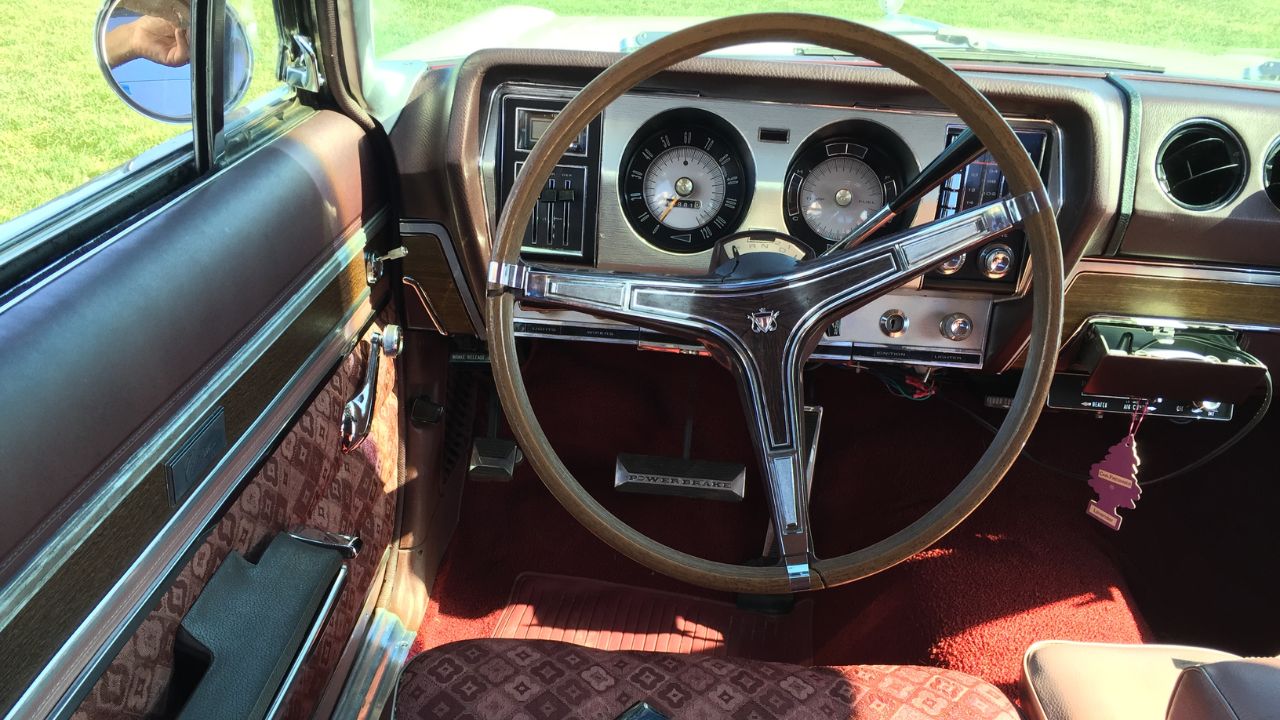
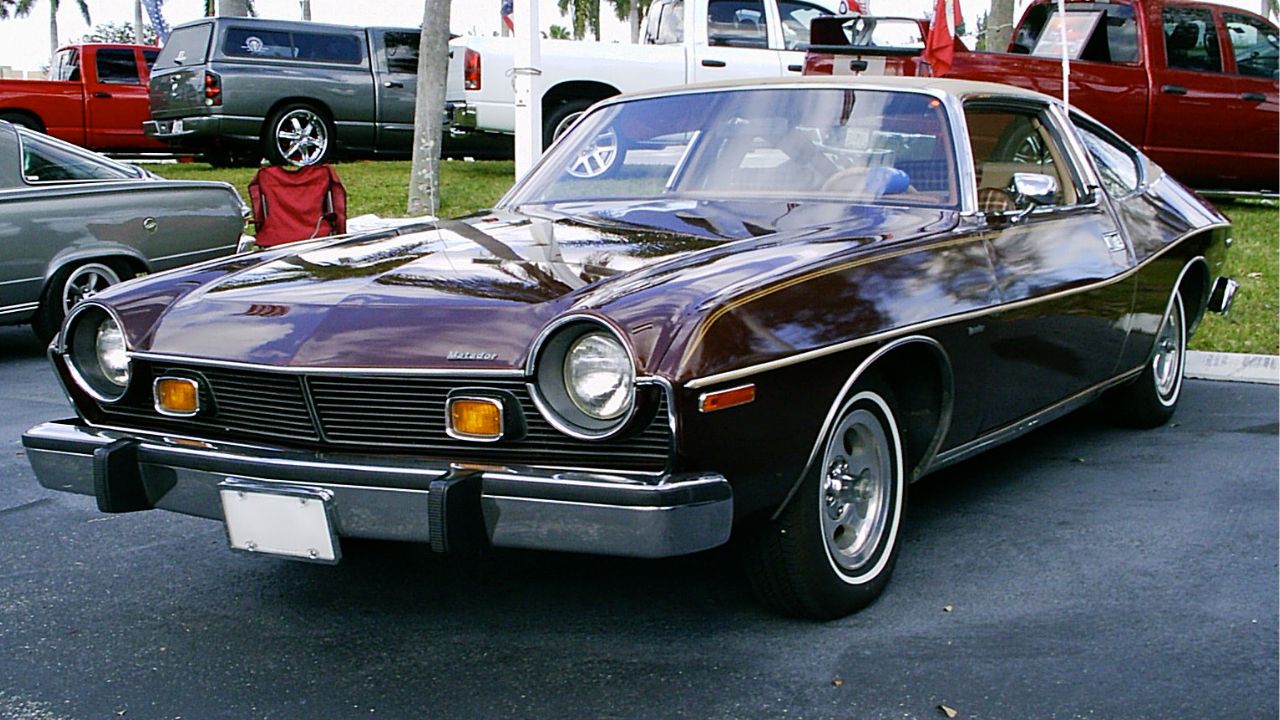
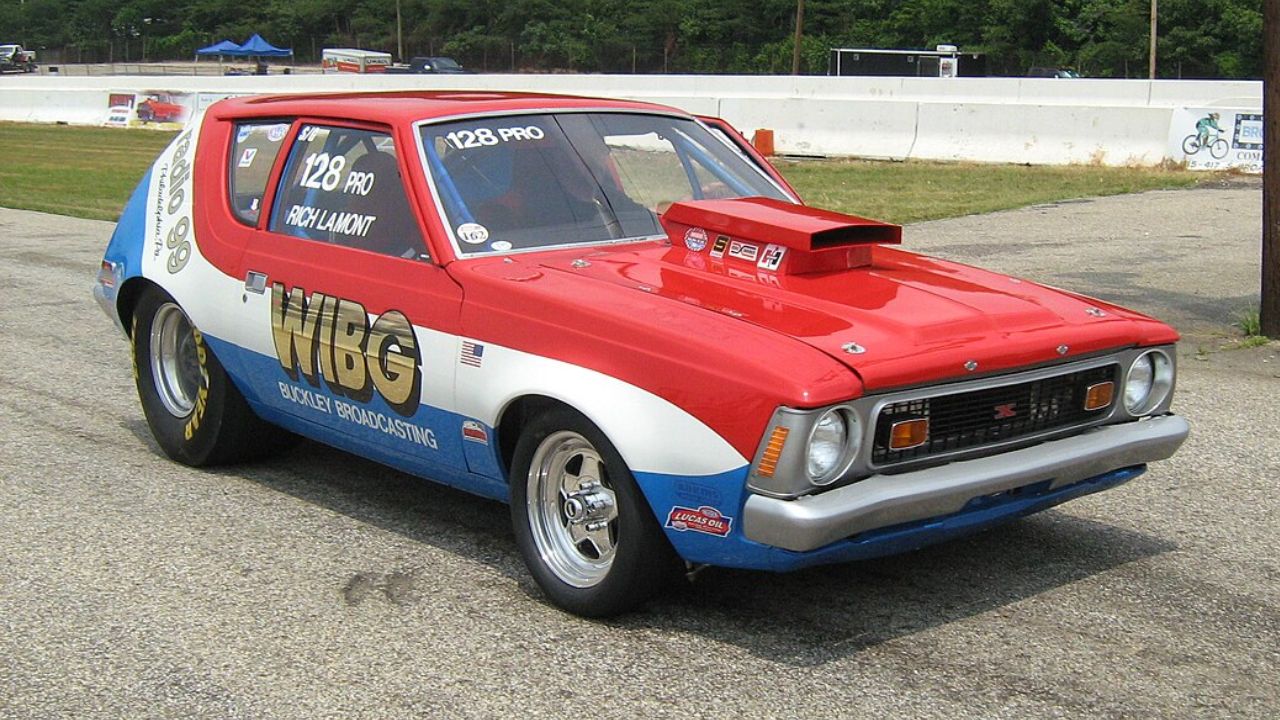


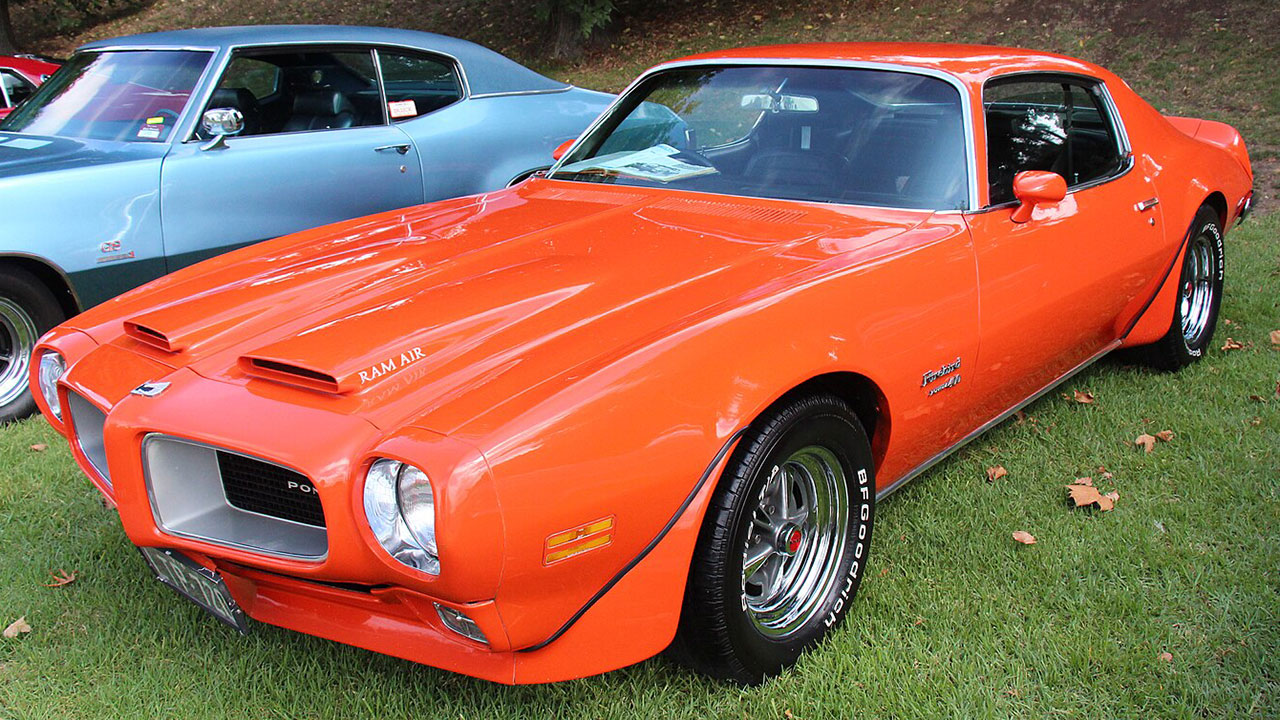
Leave a Reply